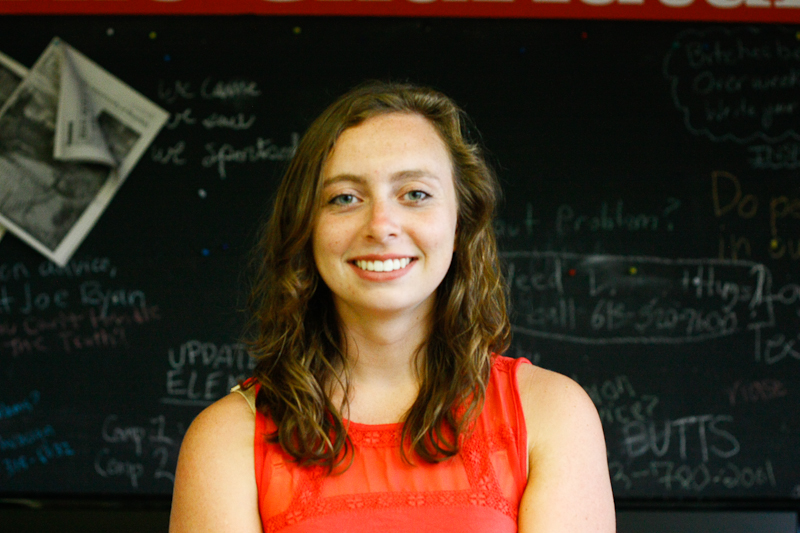Hundreds of sullen children, with their paper hearts in hand, were waiting single file to meet their survivors.
This was the scene at Rideau Hall for the closing ceremonies of the Truth and Reconciliation Committee, a historic document tabled to improve life for First Nations in Canada.
The commission includes 93 recommendations, in part dedicated to having a segment of history curricula in middle schools across the country focus on the residential school issue.
Residential schools were in place in Canada from the mid-1870s, and were created in an attempt to assimilate First Nations people to more modern aspects of Canadian life.
These schools would separate families and forbid children from practicing their culture, and the often-inhumane conditions would lead to many of their deaths. The last residential school was closed in 1996, less than 20 years ago.
In today’s society, the commission was so well received that 1,200 people from around the world have signed a petition for it to become a federal election issue.
At the closing ceremony for the commission, attendees could see some progress over those last few years. Most of the children at Rideau Hall knew exactly what they were doing at the ceremony.
Talking to people my age about the commission was another story. I was alarmed to note that few of my friends, classmates or coworkers had learned about the issue of residential schools in elementary or high school.
Areas of the country have been avoiding lessons on residential schools in Canada for years, and by doing so do not equally inform an entire generation on this period in history.
The Truth and Reconciliation Commission has made great suggestions for how to bridge this gap in Canadian society for the up-and-coming generation. What the commission does not do is suggest something for university-age students who have never heard of residential schools.
Thankfully, almost 20 years after the last residential school in Canada officially closed, Canadians are ready to have a new discussion on this part of our history.
However, if we want to promote a better standard of living for First Nations people in Canada, it is necessary to educate all sectors of the population, not just young children. This might bring about social change much faster.
Enforcing lessons on residential schools for young children is easy because there is no flexibility in the courses that a student can take, which is of course the opposite in university. That flexibility for scheduling, though, should not undermine the fact that it’s still a crucial part of our nation’s history.
I was one of the few students who decided to take Canadian history in my first year of university, mostly because it was forced upon me as a prerequisite to graduate.
The course outline included everything from Samuel de Champlain’s discovery of New France to modern Stephen Harper-driven foreign policy decisions; it included everything except for any sort of mention of residential schools.
There are a few problems with this. First of all, even though racism in Canada has come to a head in public debate, the residential school issue is still excluded from certain curricula.
Second, Canadian history class content in university remains seemingly untouched from the curriculum taught in high school.
University-age students, more so than high school students, should be able to learn about this part of history and engage in intelligent discussions on how the past has influenced the state of Canadian society today.
Intelligent conversations about these issues are not happening though because of low enrollment in these classes in university.
We all should be learning every part of Canada’s history, even its dark side. Maybe then, we could permanently keep our hearts in our hands like those young children and be better equipped to avoid the mistakes of the past.






